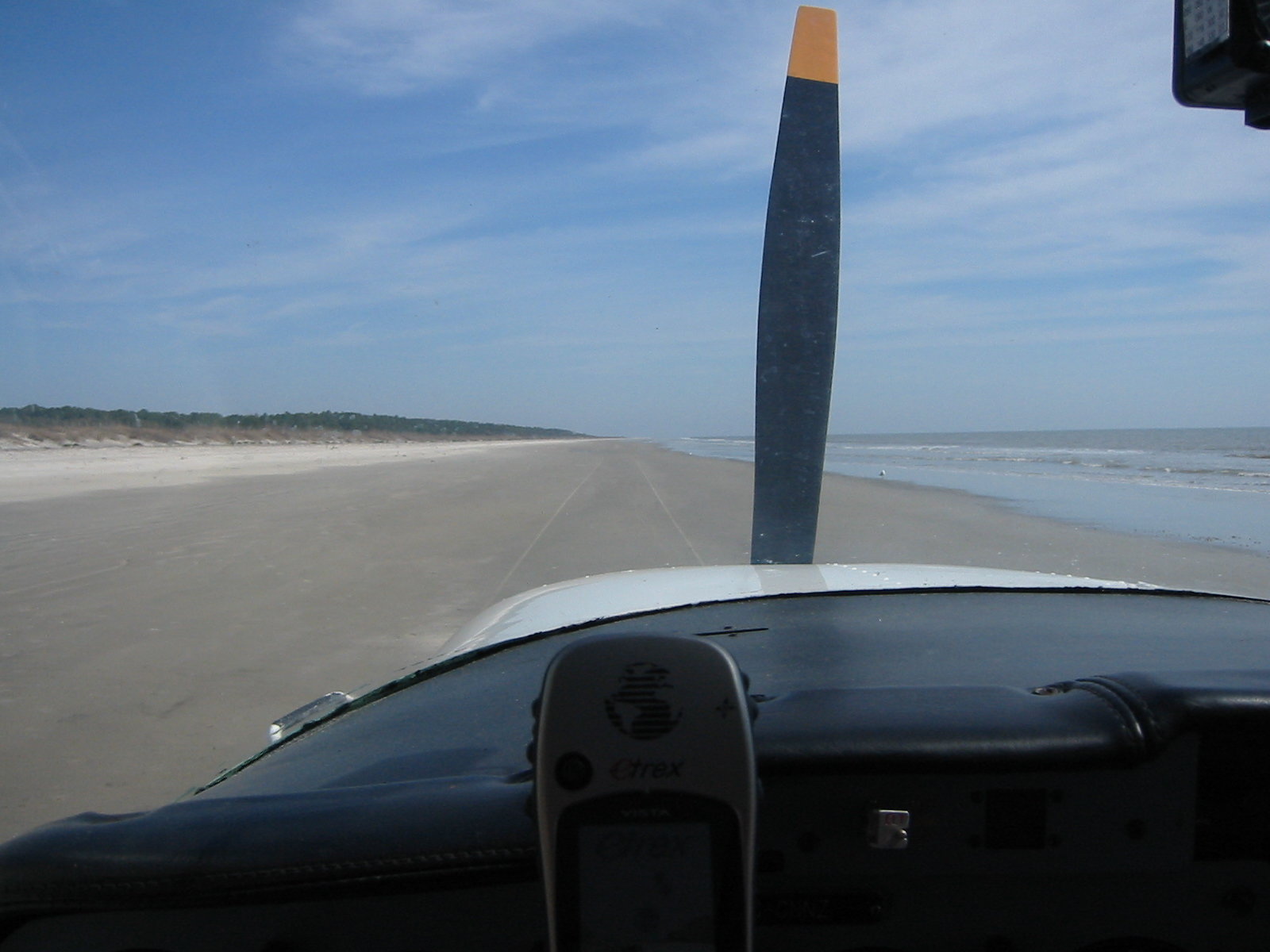If you are choosing to land on a surface other than a hard surfaced runway, you have to take responsibility for assuring that it will support the plane. This includes grass and soil, sand, gravel bars, snow, and frozen bodies of water. Walking the landing area is a very good start, and I have certainly done this in some cases. But, while you're flying, that's not so easy.
What I do in preparation for such a landing on an unknown surface will be:
First, assess the whole area - as trained to me during helicopter training, fly a high reconnaissance, and consider the area as you would consider a prospective date: Suitability, surface, slope, sufficient, surroundings, and wind. If all of those seem good;
Second, fly a low reconnaissance, get a better look at surface and approach/departure paths. If you see standing water, best give it a pass. During this pass, consider your proposed landing and takeoff area. If there is enough space, make your takeoff area continue from your landing area, so a backtrack is not needed. Remember the landmarks which define this area.
Third, (and this is the tricky part): Land one mainwheel only, and run along, ideally the whole length on that wheel only. This will be easier in a crosswind. Now doing this on a hard runway will result in a lot of squealing tire sounds, and angry stares, but on a soft surface, it is harmless to the plane. With only one wheel down, the plane is still flying the whole run, you can pick the plane off (out) in an instant, and are not committed to land. If you feel that mainwheel drag, the surface is too soft, don't land. I you run the landing and takeoff path, and it seems good, fly over, and look for your own tracks.
Fourth, Land again with both mainwheels on, but holding the nose (or tail) wheel off the whole run. Again, feel for dragging, and go around, and look for tracks or marks. If, after those runs, you're happy, you should be okay to land and stop.
It sounds like a lot of effort, but I have done this each time I've landed away on a remote beach, I've done this. Similarly on unbroken snow, both on wheels and skis. A few times on snow, I've felt the tug, or flown back over and seen bad areas in my tracks, and not landed. Every beach landing I have done worked out well.
Remember, if you're choosing to do this, you may be a long way from help, and any small problem becomes big fast. So, make sure it's worth it, and have a plan.
My 150 on a beach on a Georgia (USA) island. You can see my two wheel marks from the previous run before me - my departure path....

If you want to research this more, search about "California bearing ratio" it describes the capacity of various soils.